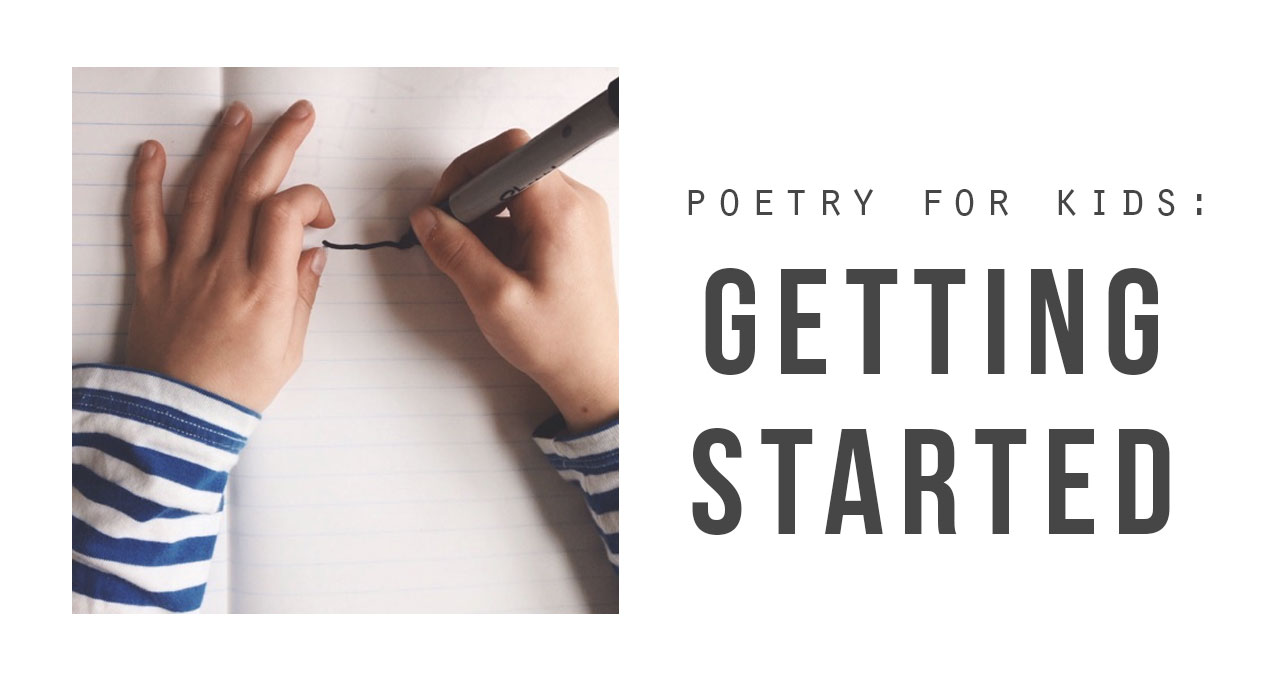Poetry for Kids: Getting Started
 When writing poetry I find it is ideal to begin with a provocation. A provocation need not be a poem to copy but more so an experience that is relevant and real to the little ones involved. As part of my teaching practice I have spent large amounts of time looking closely at writing development and the focus I usually come back to is the notion of words. Poetry is about responding to a moment and capturing a time frame as you would with a short film or photograph. I encourage the children I work with, both at home and in a school environment, to capture the moment using as many senses as possible and to use hard working words.
When writing poetry I find it is ideal to begin with a provocation. A provocation need not be a poem to copy but more so an experience that is relevant and real to the little ones involved. As part of my teaching practice I have spent large amounts of time looking closely at writing development and the focus I usually come back to is the notion of words. Poetry is about responding to a moment and capturing a time frame as you would with a short film or photograph. I encourage the children I work with, both at home and in a school environment, to capture the moment using as many senses as possible and to use hard working words.Often one piece of poetry may take weeks if not months to complete and this long process is encouraged.
Finding the provocation, be it a flower, seeds, a beautiful beach or even a response to music is the starting point and from here allow the freedom for discussion and recording ideas in quick mind maps.
After a collation of ideas and words have been made, look closely at the words gathered and try to think of words with more depth and meaning. Use words you are unfamiliar with and words which allow for alliteration or onomatopoeia. From here the possibilities are endless. My main focus is to always think deeply about the choice of words, to edit and reflect, read more poems, and be creative.
Listed below are a few definitions that allow children to understand the rich history and context of language.
Poetry
The art of rhythmical composit
Provocation
Something that incites, instigates creativity and thinking.
Onomatopoeia
The use of imitative and natur
Alliteration
Alliteration being the occurrence of a letter or sound at the beginning of adjacent or closely connected words.
Language
The communication of meaning through any manner. A body of words and systems which allow one to share their ideas, beliefs and feeling with another.
Rhyme
A word that is identical to another in its terminal (end) sound.
Rhythm
Language movement with uniform or patterned recurrence such as a beat, syllables or the like.
Mind Map
A diagram used to represent ideas branching from a central focus.
Some poetry provocations to keep in mind:
- Poetry Makers Workshop
- If poems app for iTunes
- Magnetic Poetry Kit (Poet’s Edition) and Edgar Allen Poet Edition

